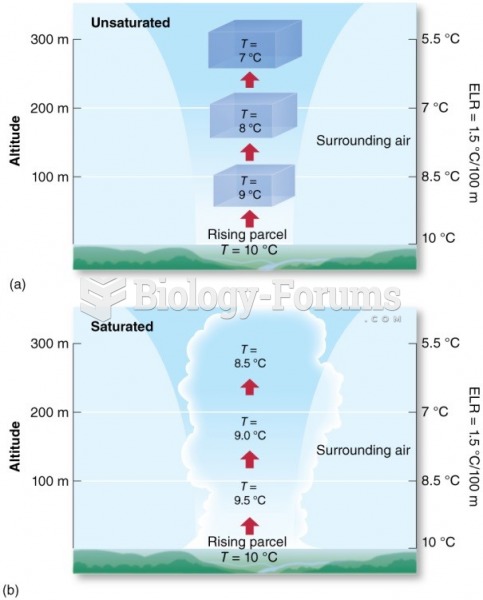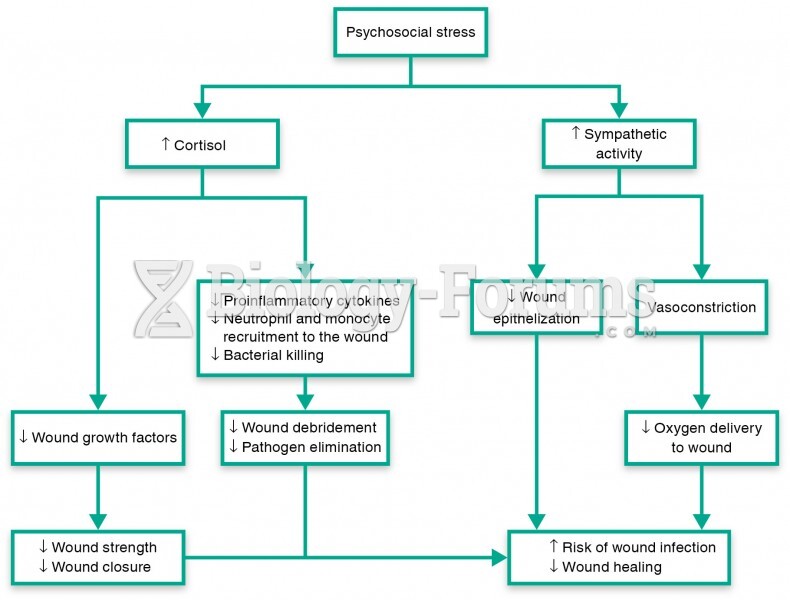|
|
|
About 3.2 billion people, nearly half the world population, are at risk for malaria. In 2015, there are about 214 million malaria cases and an estimated 438,000 malaria deaths.
Cocaine was isolated in 1860 and first used as a local anesthetic in 1884. Its first clinical use was by Sigmund Freud to wean a patient from morphine addiction. The fictional character Sherlock Holmes was supposed to be addicted to cocaine by injection.
More than 150,000 Americans killed by cardiovascular disease are younger than the age of 65 years.
There are actually 60 minerals, 16 vitamins, 12 essential amino acids, and three essential fatty acids that your body needs every day.
During pregnancy, a woman is more likely to experience bleeding gums and nosebleeds caused by hormonal changes that increase blood flow to the mouth and nose.
 A page from Kelileh o Demneh dated 1429, from Herat, a Persian translation of the ancient Indian Pan
A page from Kelileh o Demneh dated 1429, from Herat, a Persian translation of the ancient Indian Pan
 Modern primate study sometimes involves high-tech methods. This golden lion tamarin is having a batt
Modern primate study sometimes involves high-tech methods. This golden lion tamarin is having a batt
 Assurnasirpal II Killing Lions, from the palace complex of Assurnasirpal II, Kalhu (modern Nimrud, ...
Assurnasirpal II Killing Lions, from the palace complex of Assurnasirpal II, Kalhu (modern Nimrud, ...




